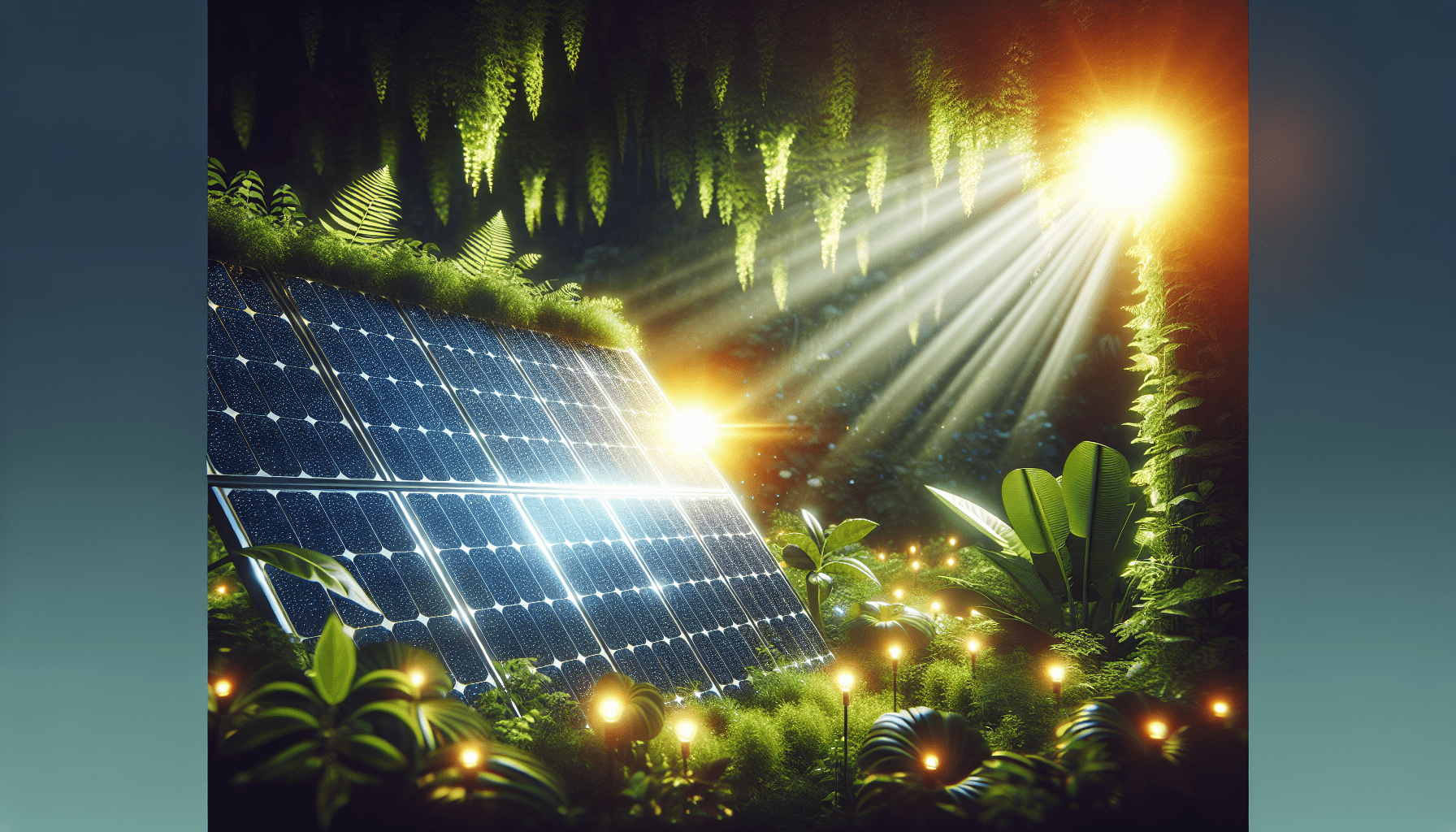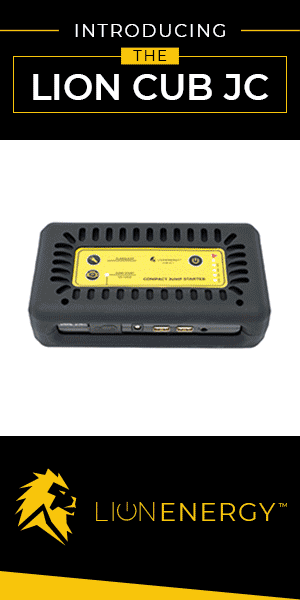Introduction
If you’re looking to harness the power of the sun and save on energy costs, a DIY solar power system for beginners might be the perfect project for you. Solar energy has become increasingly popular due to its affordability and sustainability. This guide will break down everything you need to know about creating your own solar power system, making it accessible and easy to understand.
Understanding Solar Power
Solar power is energy harnessed from the sun’s rays. It can be converted into electricity using solar panels. These panels contain photovoltaic (PV) cells that capture sunlight and convert it into usable energy. A DIY solar power system can power your home, charge batteries, or run appliances, depending on your needs.
Benefits of a DIY Solar Power System
Creating your own solar power system has several advantages. First, it can significantly reduce your electricity bills. By generating your own power, you become less reliant on your local utility company. Second, it’s an environmentally friendly option that reduces your carbon footprint. Third, a DIY solar power system can be a rewarding project that enhances your knowledge of renewable energy.
Getting Started
Before you dive into building your DIY solar power system, it’s crucial to assess your energy needs. Start by reviewing your electricity bills to understand your average monthly consumption. This will help you determine how many solar panels you will need.
Next, consider the space you have available for installing solar panels. Ideally, they should be placed on a south-facing roof or an open area that receives direct sunlight for most of the day. The more sunlight your panels receive, the more energy they can produce.
Components of a DIY Solar Power System
Solar Panels
These are the heart of your solar power system. Choose panels based on efficiency, warranty, and cost. Monocrystalline panels are more efficient but generally more expensive than polycrystalline panels.
Charge Controller
This device regulates the voltage and current coming from your solar panels to the batteries. It prevents overcharging and ensures your batteries are charged optimally.
Batteries
If you want to store the energy generated by your solar panels, you’ll need batteries. Deep-cycle lead-acid batteries are a popular choice for solar power systems. Lithium-ion batteries are more efficient but come at a higher cost.
Inverter
An inverter converts the DC electricity generated by the solar panels into AC electricity that can be used in your home. Make sure to choose an inverter that matches your power needs.
Mounting Hardware
You’ll need brackets and mounts to secure your solar panels to your roof or the ground.
Wiring
Quality wiring is essential for connecting all the components of your solar power system. Make sure to use the right gauge wire for your setup.

Planning your DIY Solar Power System
Once you have all the necessary components, it’s time to plan your setup. Create a schematic diagram that outlines how everything will be connected. This will help you visualize the process and ensure that you have all the necessary materials.
Installing the Solar Panels
Mounting
Start by securely mounting the solar panels on your roof or designated area. Follow the manufacturer’s instructions for installation to ensure safety and effectiveness.
Wiring
Connect the solar panels to the charge controller using the appropriate gauge wire. Ensure all connections are tight and weatherproof.
Connecting the Charge Controller
Link the charge controller to your batteries. This will allow the energy generated to be stored for future use.
Install the Inverter
Connect the inverter to the batteries and then to your home’s electrical system. Make sure you follow all safety guidelines to prevent electrical hazards.
Testing Your System
Once everything is connected, it’s time to test your system. Start by checking the voltage from the solar panels. Ensure that the charge controller is functioning correctly and that the batteries are charging as expected. Finally, test the inverter to verify that it’s supplying power to your home.
Maintaining Your DIY Solar Power System
To keep your solar power system running efficiently, regular maintenance is essential. Here are some tips:
Clean the Solar Panels
Dust and debris can reduce the efficiency of your solar panels. Regularly clean them to maximize sunlight absorption.
Check Connections
Periodically inspect all connections for wear or corrosion. Tighten any loose connections to ensure optimal performance.
Monitor Battery Health
Keep an eye on your battery levels and health. Replace them as needed to maintain efficiency.
Assess Energy Production
Track how much energy your system produces and compare it to your needs. This can help you identify any issues early on.

Conclusion
Building a DIY solar power system for beginners may seem daunting at first, but with the right knowledge and tools, it’s an achievable goal. By understanding the components, planning your system, and following installation steps carefully, you can tap into the sun’s energy and enjoy the benefits of renewable power.
Not only will you save money on your electricity bills, but you’ll also contribute to a greener planet. So gather your materials, roll up your sleeves, and start your journey into solar energy today. With a little effort, you’ll be well on your way to enjoying the fruits of your DIY solar power system.
Disclosure: As an Amazon Associate, I earn from qualifying purchases.

